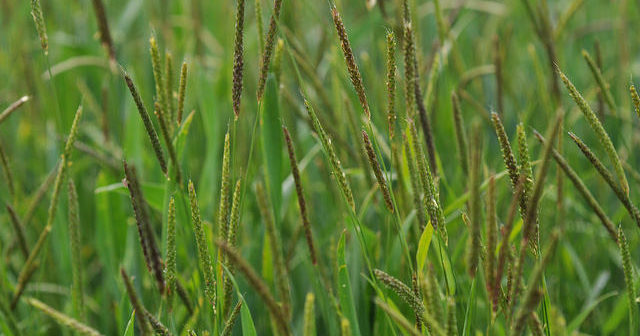A new study has shown that whether or not black-grass will be herbicide resistant depends on more than just what is on its chromosomes.
In collaboration with scientists at Clemson University (USA), Rothamsted researchers have found that black-grass has small loops of DNA outside the plant’s chromosomes. These loops, called extra-chromosomal circular DNA (eccDNA), are not inherited in the same way that the chromosomes are. They evolve separately from the main genetic structures in the cell nucleus and could help explain how black-grass can rapidly develop resistance to herbicides or other stresses.
The research team identified the similarities and differences in the eccDNA in both resistant and sensitive populations. Although the numbers and size of detected eccDNAs varied between the populations, comparisons managed to identify shared and unique genes and protein coding. Compared to black-grass that are herbicide sensitive, the eccDNA of herbicide-resistant black-grass have extra copies of genes known to confer herbicide resistance, including genes related to herbicide detoxification.
Previous analysis of resistant and non-resistant varieties had clearly shown that resistance develops across multiple genes, but until now the mechanisms of how black-grass could rapidly evolve these differences have been hard to pin down. The researchers have shown that a combination of differences in chromosomal and eccDNA encoded genes might be responsible for the rapid evolution of herbicide resistance in black-grass.
“Because of advances in sequencing, we are now finding eccDNAs in many different species and are starting to understand what they do. Our findings show that blackgrass has eccDNAs, and on them are copies of chromosomal genes we know to be correlated with herbicide resistance,” said Rothamsted’s Dr Dana MacGregor who was part of the study group. “Having these eccDNAs may contribute to the genetic diversity we see in black-grass and explain how it has so successfully adapted to man-made and abiotic stresses, including herbicide treatment.”




